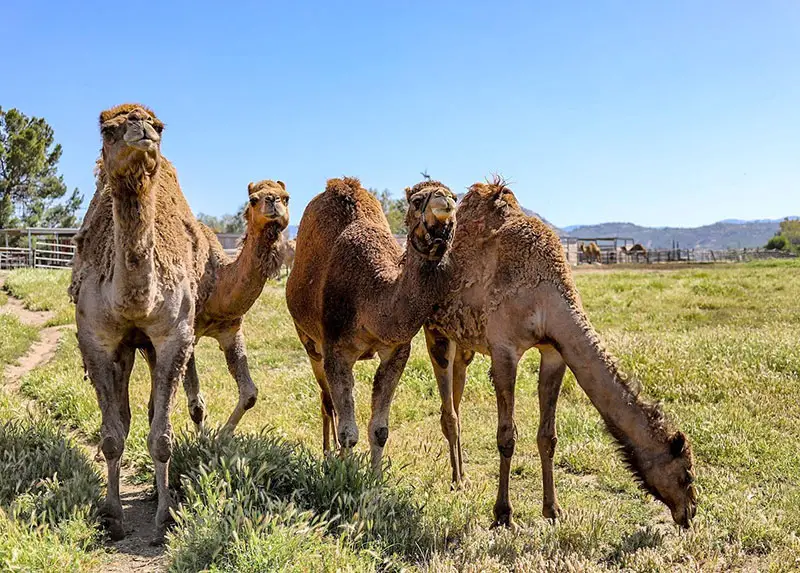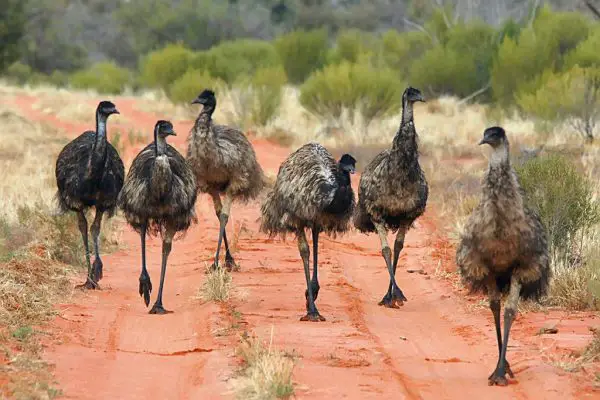Camels, those majestic creatures of the desert, have captivated imaginations for centuries. Their distinctive humps, leathery skin, and enduring spirit have become synonymous with resilience and adaptation. But beyond their physical characteristics lies a world of fascinating behavior and unique language. One intriguing aspect of this world involves the terms used to describe groups of these enigmatic creatures. Let’s delve into the collective nouns for camels and explore the diverse ways they gather and interact.
Collective Nouns for Camels
Unlike some animals with singular collective nouns, camels boast a diverse vocabulary depending on the context and composition of the group:
- Caravan: This term evokes the image of a large group of camels traveling together, often laden with goods and traversing vast distances across scorching deserts. It carries a historical significance, conjuring up the iconic image of ancient trade routes and the vital role camels played in facilitating commerce and cultural exchange.
Example: The caravan of camels stretched across the horizon, a testament to the enduring spirit of these desert travelers.
- Flock: While more commonly associated with birds, “flock” can also be used to describe a group of camels traveling in a single direction, often for migration or seeking new grazing grounds. This term emphasizes the collective movement and shared purpose of the group.
Example: As dawn broke, the flock of camels ambled across the dunes, their silhouettes casting long shadows against the rising sun.
- Train: Similar to “caravan,” a “train” depicts a line of camels traveling in a single file, often tethered together. This term emphasizes the orderly and coordinated movement of the group, particularly when used in the context of domesticated camels managed by herders.
Example: The train of camels plodded steadily through the desert, guided by the experienced hand of the Bedouin camel herder.
- Herd: This term describes a group of camels grazing together, often used in reference to wild or semi-domesticated populations. It emphasizes the social aspect of camels, highlighting their ability to form loose-knit groups for foraging and companionship.
Example: The binoculars revealed a large herd of camels grazing peacefully amidst the desert shrubs, their humps like silent sentinels against the vast landscape.
Interesting Facts About Camels
Understanding collective nouns enriches our vocabulary, but venturing deeper into the world of camels reveals their remarkable characteristics:
- Masters of the Desert: Camels possess unique adaptations that allow them to thrive in harsh desert environments. Their humps store fat reserves, providing energy during periods of food scarcity, and their thick eyelashes and closable nostrils protect them from windblown sand.
- Enduring Travelers: Camels have an exceptional ability to conserve water. They can go for up to two weeks without drinking, relying on the stored water in their bodies and efficiently extracting moisture from their food. This allows them to traverse vast distances across dry landscapes.
- Social Creatures: Although not as social as some animals, camels do form loose bonds within herds. They communicate through vocalizations like groans and growls, and establish hierarchies within the group.
- Symbols of Strength and Resilience: Throughout history, camels have been revered for their strength, endurance, and ability to adapt to harsh environments. They have served as vital transportation and pack animals, and their image continues to be associated with resilience and perseverance in many cultures.
Final Thoughts
From the historical significance of the “caravan” to the collective movement of the “flock,” the diverse collective nouns for camels offer a glimpse into the different ways these fascinating creatures gather and interact. Understanding these terms and appreciating their unique characteristics fosters a deeper connection with these “ships of the desert” and the vital role they have played in shaping human history and culture. So, on your next encounter with a camel, take a moment to marvel at its remarkable adaptations, enduring spirit, and the diverse tapestry of language that surrounds this iconic creature.
Also Read:






6 thoughts on “What is a Group of Camels Called? Collective Nouns”